Household archaeology and the science of stuff
What do we uncover when peeling back the layers of a home?
It’s nearly August, and I’m still consumed by this move.
Because a move isn’t really just a move, is it? It’s a chaotic shift to our foundational that forces us to assess every single item in our homes and decide not just whether to move it, but where it should belong if we do and what should happen to it if we don’t.
It’s been seven years since the last time I dug through my possessions and spent so much time thinking about my resources, my values and my identity.
This time feels different because I am different.
During my last move, I was a newly divorced parent of two elementary school-aged children with no clue that my 30s would hold the loss of a parent, a change in my spiritual outlook and a departure from my traditional journalism career.
Now, I’m on the cusp of a new decade, a new marriage and several new careers that feel more like a calling than a job.
And yet here I am, scraping paint off the floor, wondering when I am ever going to feel truly settled again.
Because I’ve spent so many weeks with a paintbrush in my hand instead of a keyboard, I’ve had a lot of time to think about what happens when we peel back the layers of a home.
During one of my late-night iPhone scrolling sessions, I was delighted to come across the field of household archaeology, the study of homes and how we live in them, which is a companion to material culture, which is quite literally the study of our stuff.
I’m no household archeologist, but I’m the granddaughter of a Depression Era Midwesterner Who Kept Everything. A millennial pack rat. A keepsake queen. A connoisseur of collecting.
Nostalgia is my drug of choice, and it seems as though I’m powerless to the Endowment Effect, the explanation for why we value things that we own so much more than things that we don’t.
I’m proud of myself for getting rid of quite so much of that stuff during the past two months through Buy Nothing, but there’s still so much left to sort through and unpack. If I kept such a tedious collection of my own school work and kid art, can you imagine the boxes I have containing what’s left of my own children’s childhoods?
But rather than take you on a tour of those physical objects — aka material culture — I want to show you a piece of household archaeology that I want to remember.
When I first moved into my old house, it was a shade of country pink that I never wanted to see again, so I painted every surface, thinking I could somehow start fresh.
But to get this same house ready to rent, I had to revisit all those walls and baseboards and doors, and everywhere I turned, I saw little hints of that dreadful pink. Spots that reminded me of the previous owner and the many years he lived in what had become my home.
When Frank and my Uncle Carlos pulled out the old bathroom cabinet, not only was there more pink, we found a textured wallpaper that last saw the light of day during the Carter administration.
I know that because of a classified section of the Austin American-Statesman that was buried between the cabinet and the wall.
Garage sales, real estate listings, appeals for used music instruments.
A physical analog of what we now experience almost entirely online. A snapshot of a single, unremarkable day. A piece of yellowed newspaper that either belongs in a museum or a trash can.
We think we can scrub a a house of these fingerprints of former residents, but a house doesn’t forget that easily.
But, do we want a house to forget us? Do we want our past to stay in the past?
Or are we, even as we move from one place to another, leaving a trail of breadcrumbs that leads to a special place, even if we can’t go there?
Thanks for letting me give you a glimpse into my haywire brain. The Feminist Kitchen will return to its regularly scheduled programming soon, I promise.
In my farewell note this week, I’m sharing a few photos from the past couple of weeks that touch on this idea of home, nostalgia and material culture.
The book fireplace was a creative use of old tomes at The Painted Porch Bookshop, a cute little book store in Bastrop, where Frank and I spent my birthday last weekend. (I have more to say on owner Ryan Holiday and the re-popularization of Stoicism, but I’ll save that for another newsletter.)
We went to the Museum of Fine Arts, Houston to see the new Kinder building, which I wrote about — sight unseen, which still amazes me — in 2020 for Metropolis magazine.
The new building is packed with art from the museum’s permanent collection that has never been on display before.
This piece, comprised of all of the belongings of the first DACA student to be deported in 2017, stuck with me as I’d been immersed in my own study of stuff.
I’m so grateful for Frank these days. For so many reasons.
And one of them I look at when I walk in the front door of our new house: A shadow box filled with some of my grandmother’s possessions that was a gift from my mom a few years ago.
Frank hung it alongside his own wall of mementos, proving that even the most minimalist of us can’t resist the shared pain of going home.
Thank you, as always, for your subscriptions, your shares, your word-of-mouth support of this independent journalism project.
Until next week.
Addie



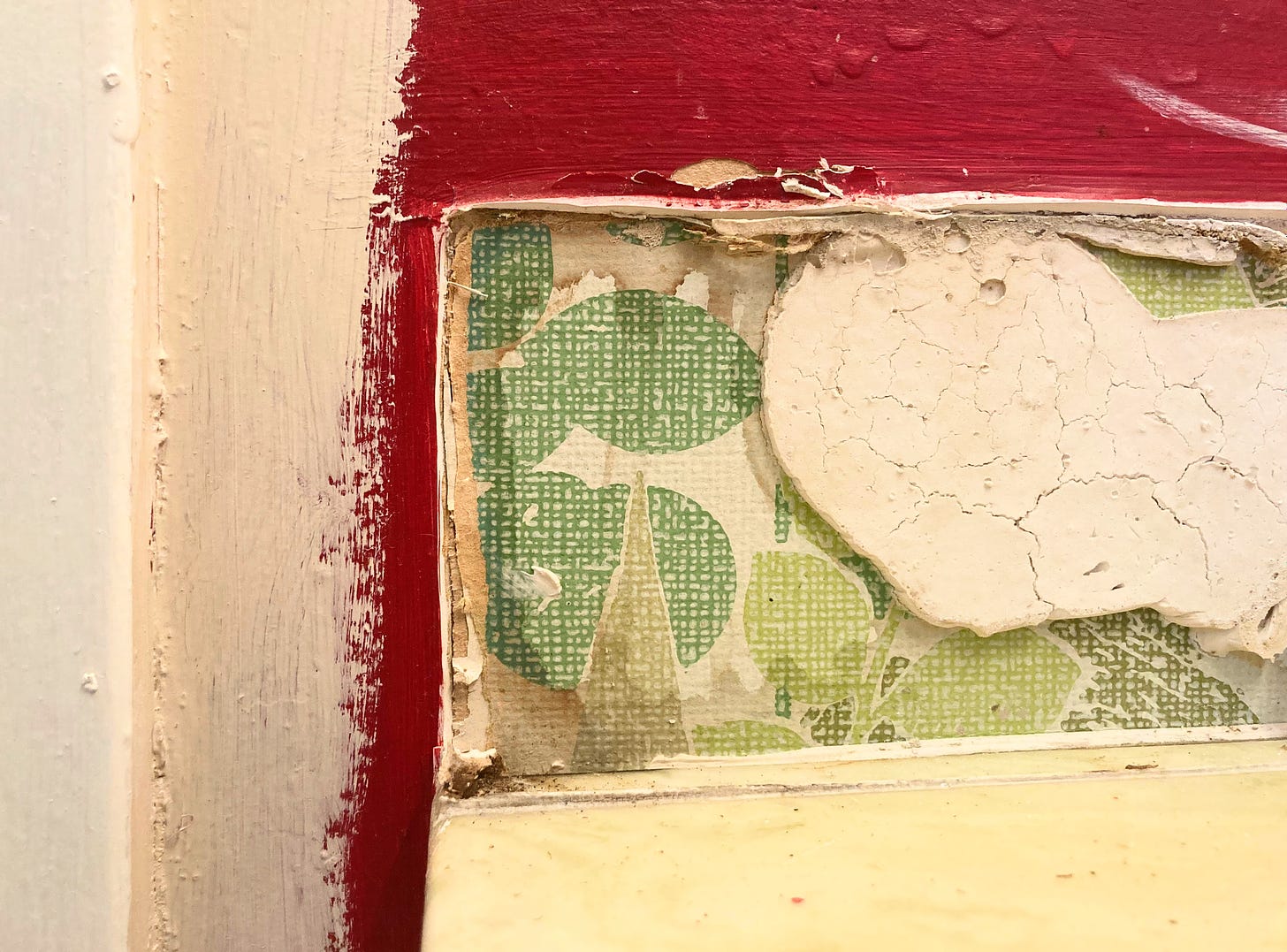
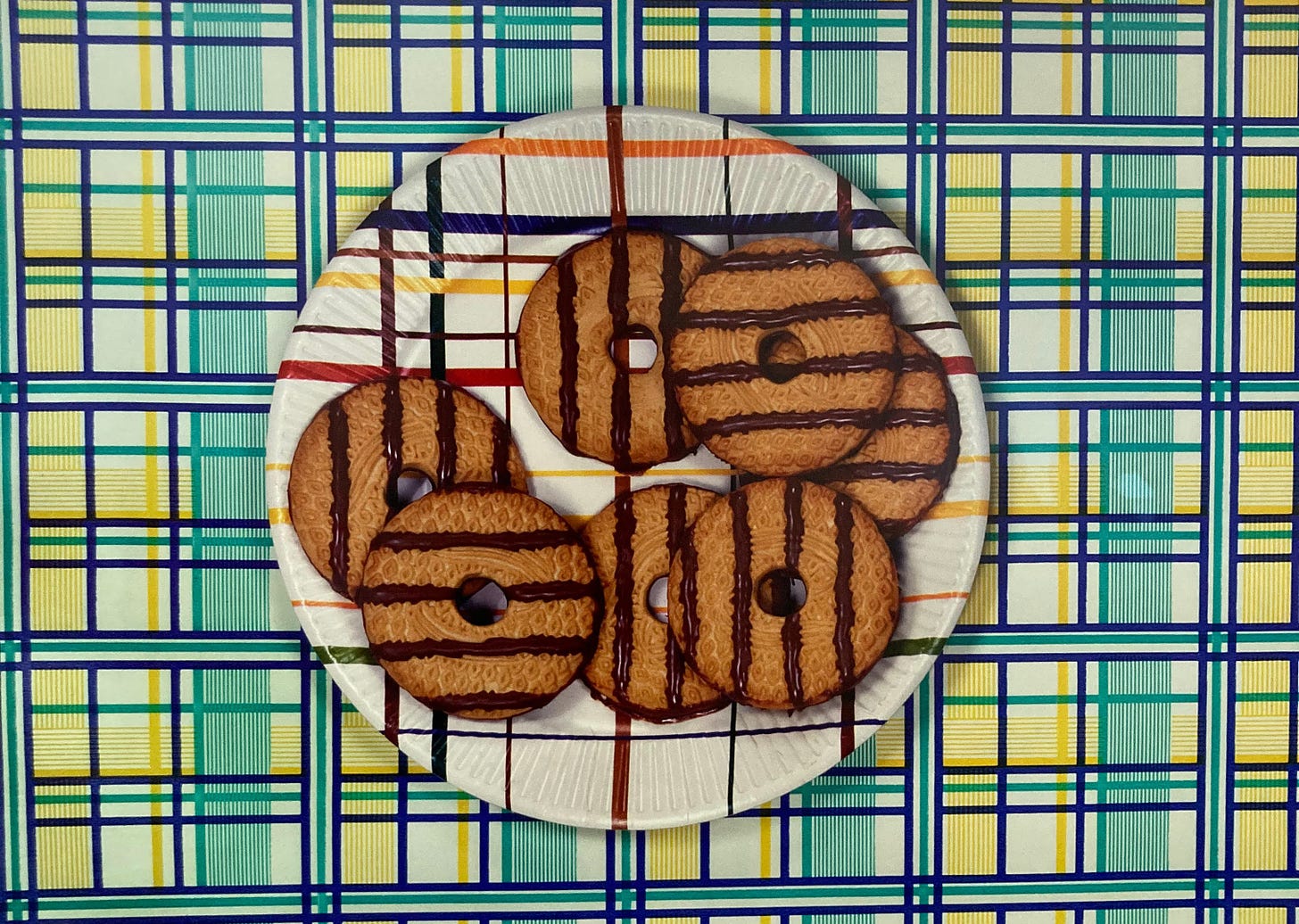
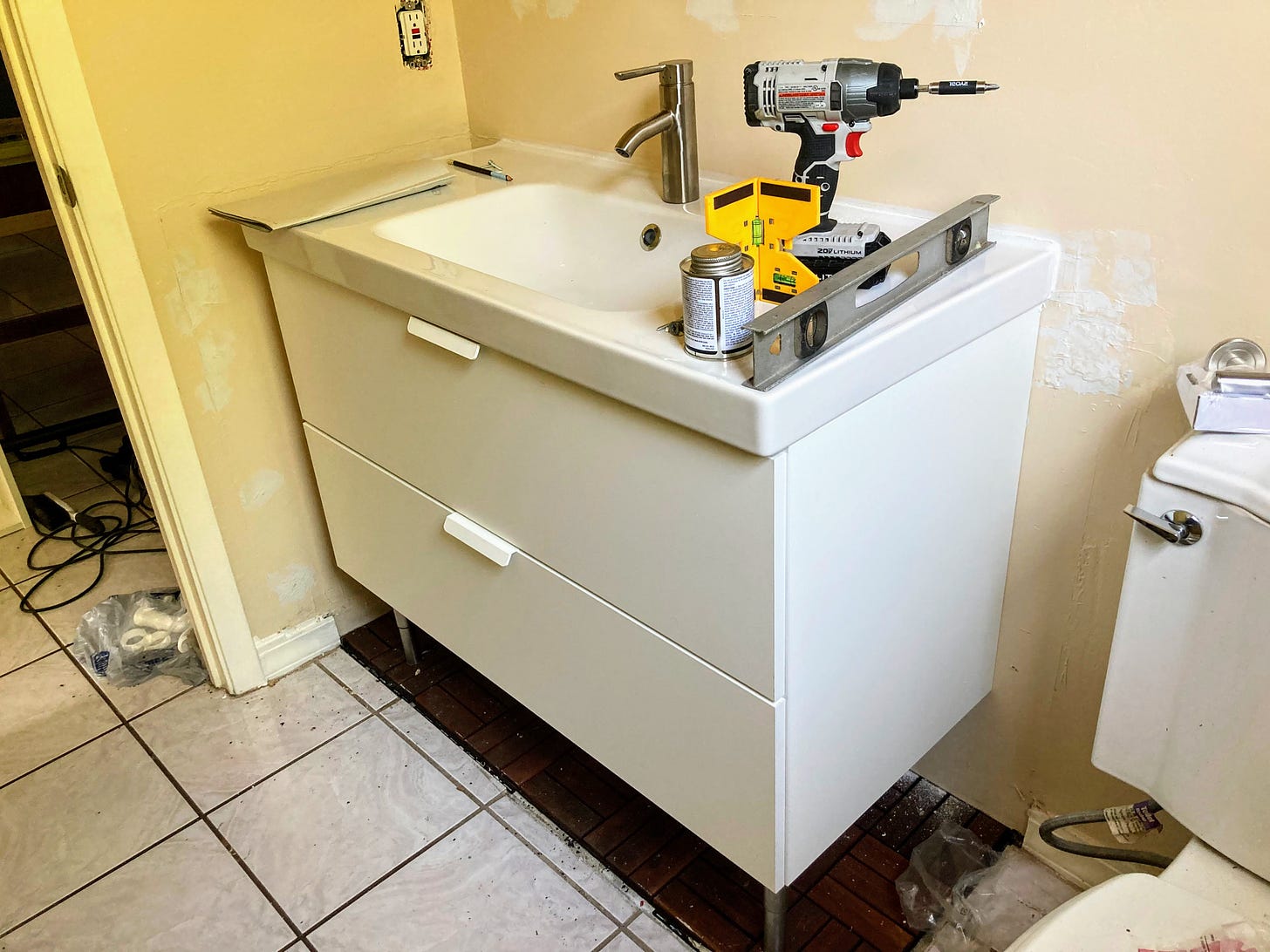
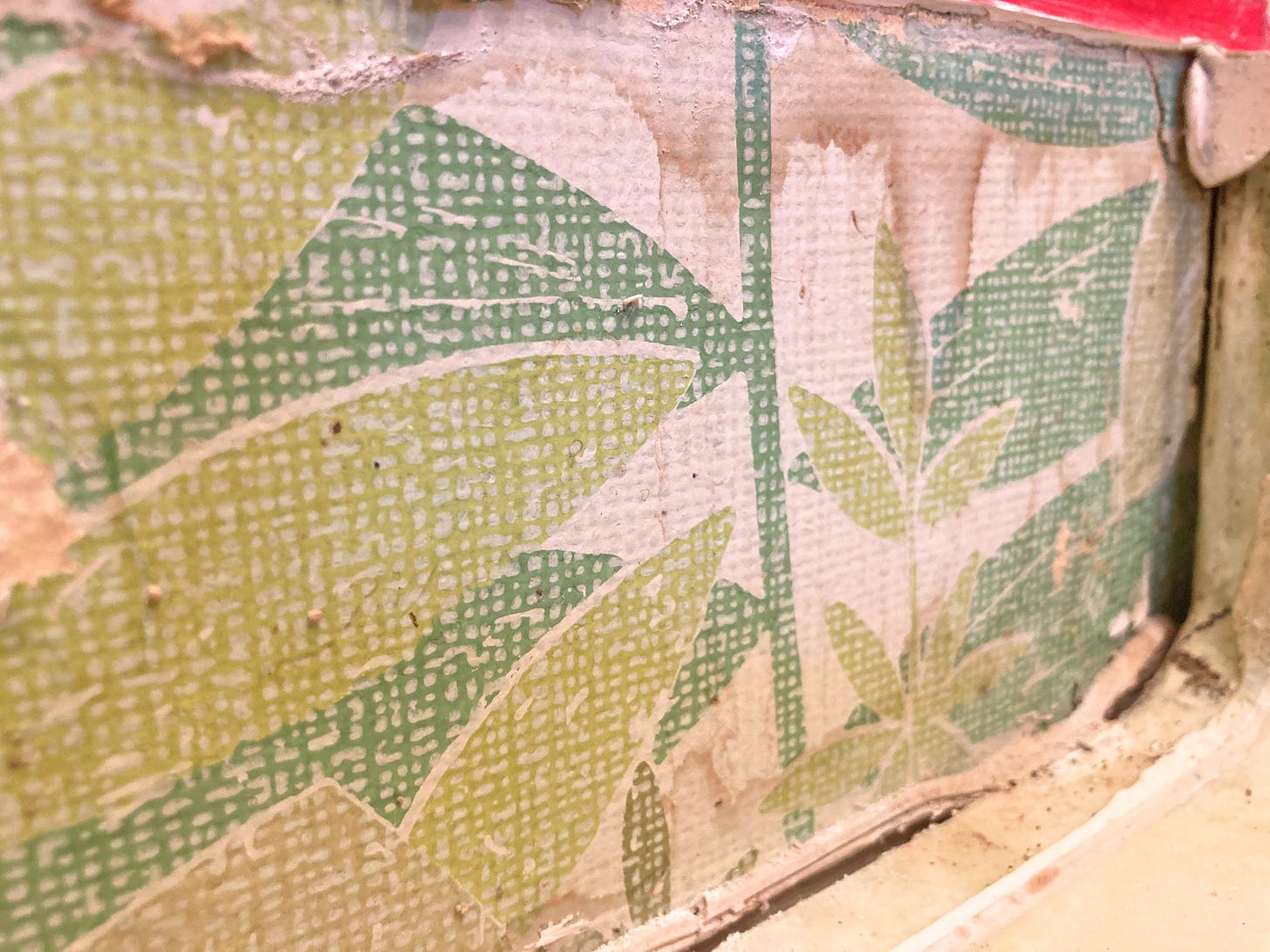
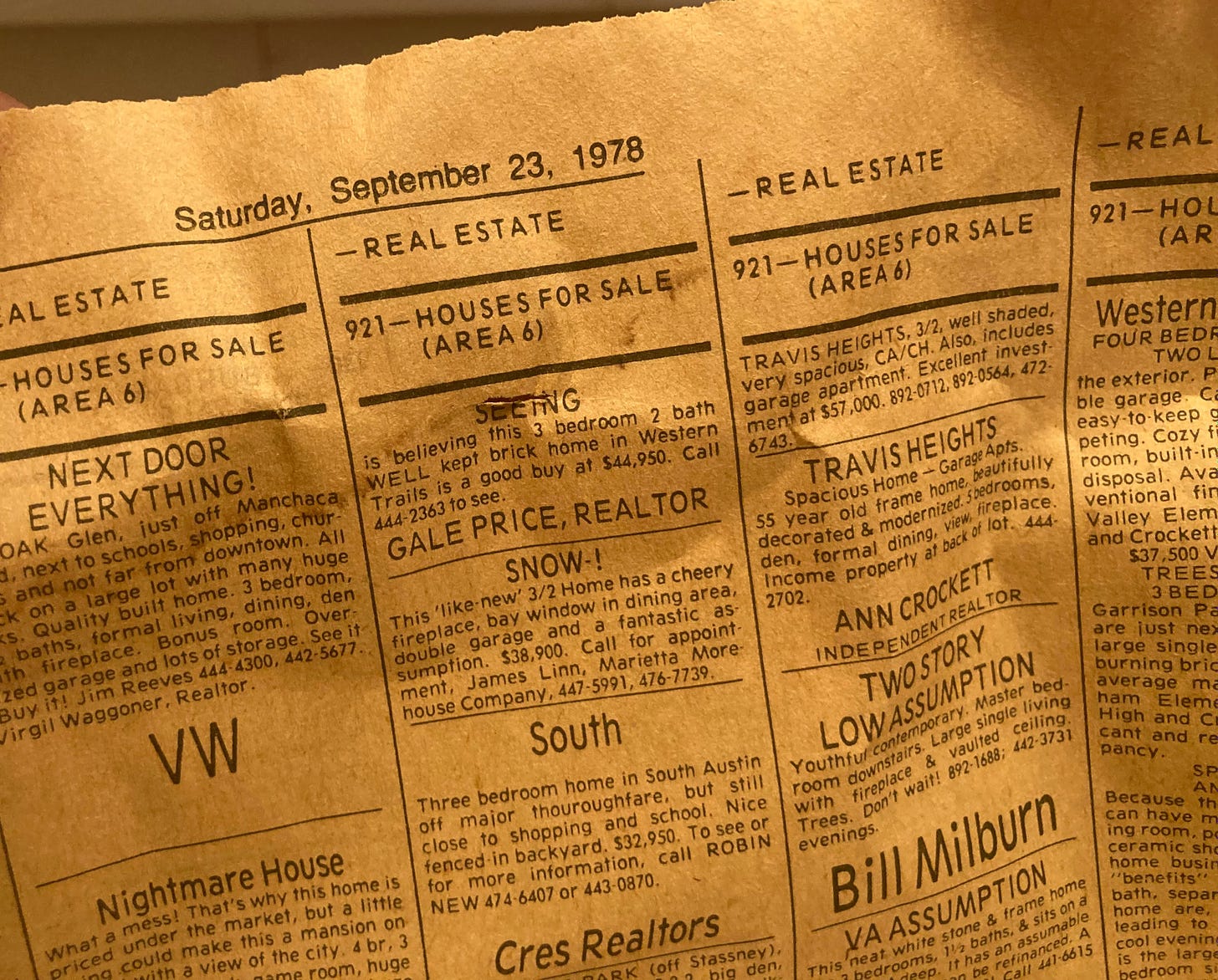
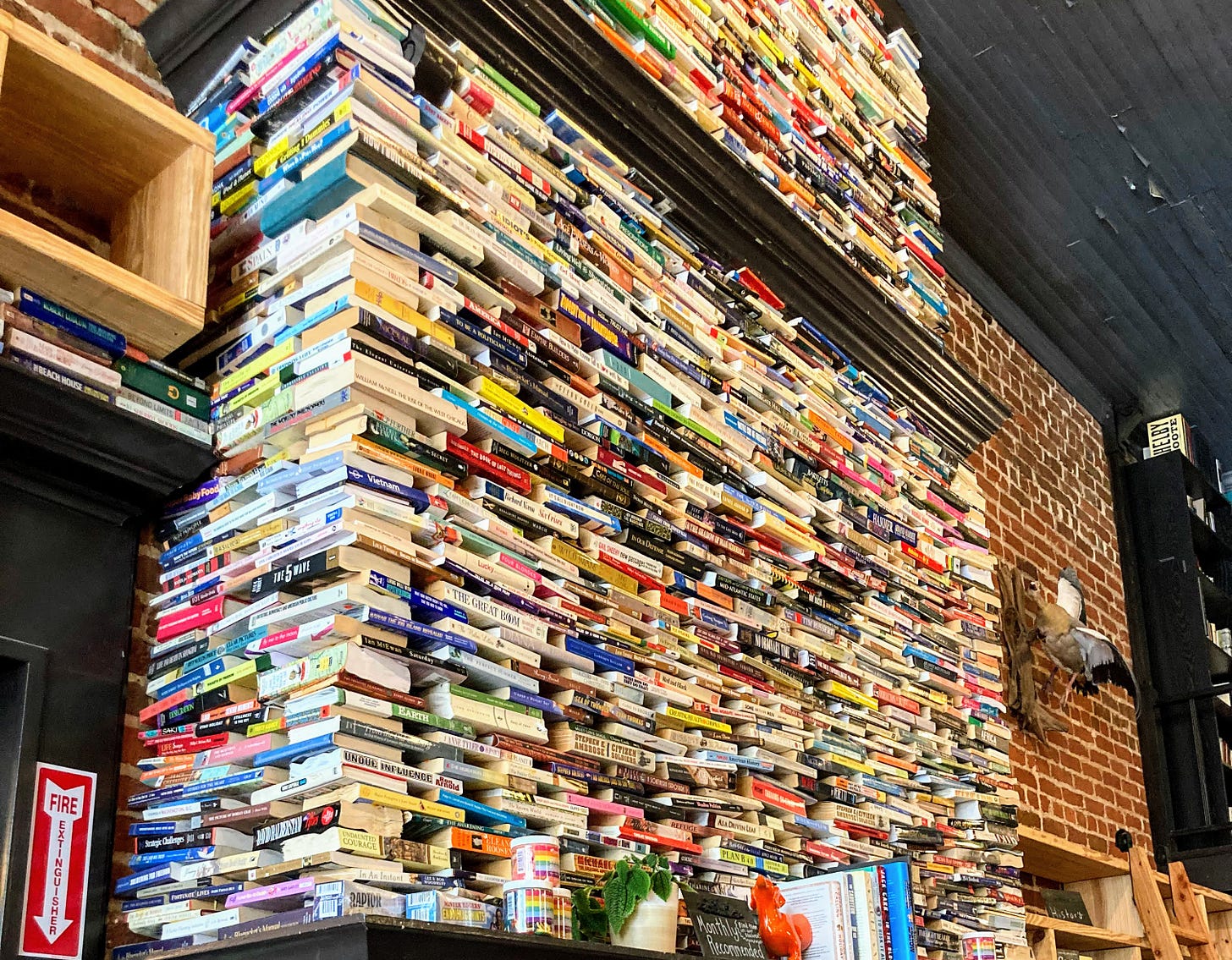
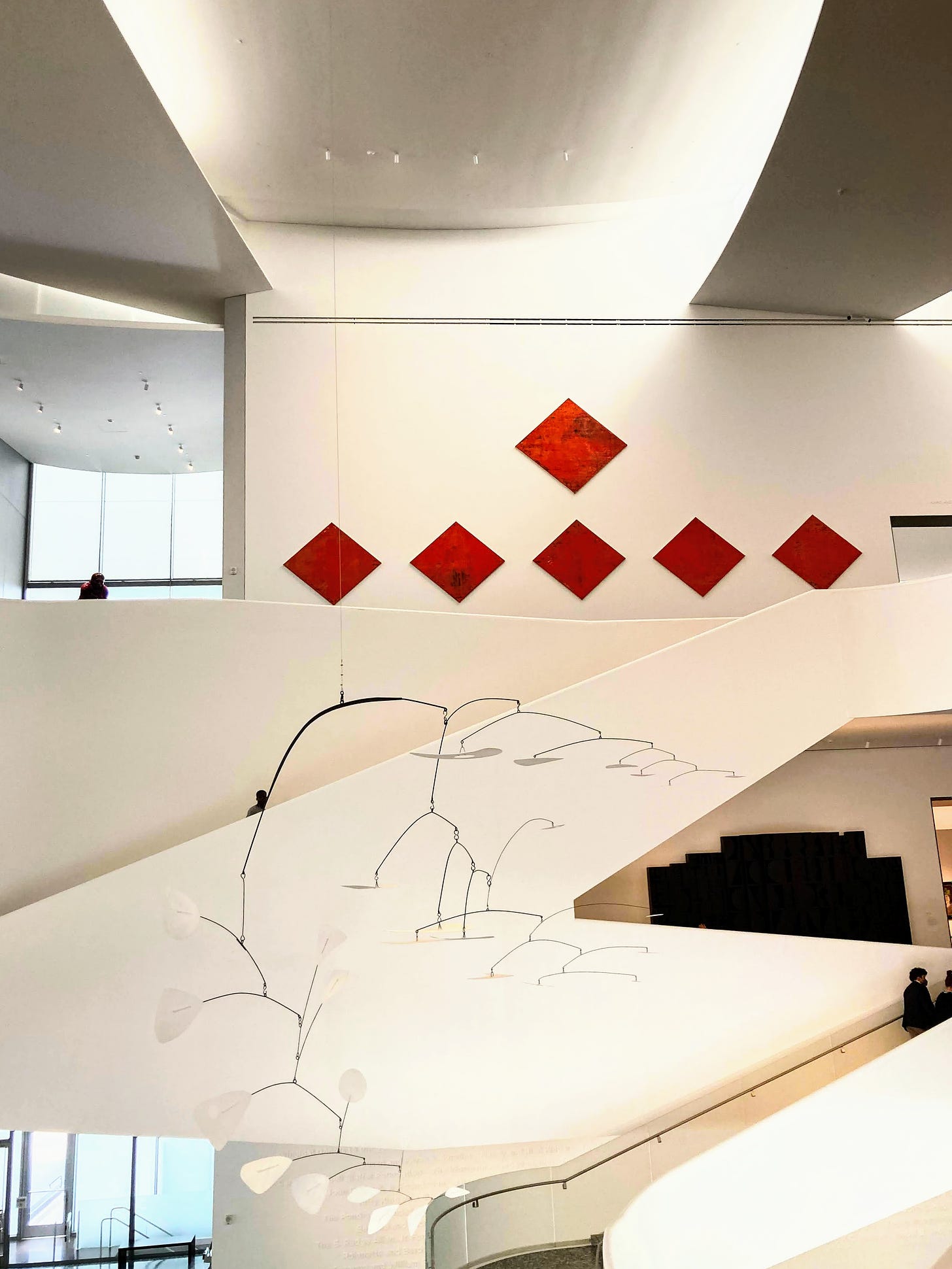
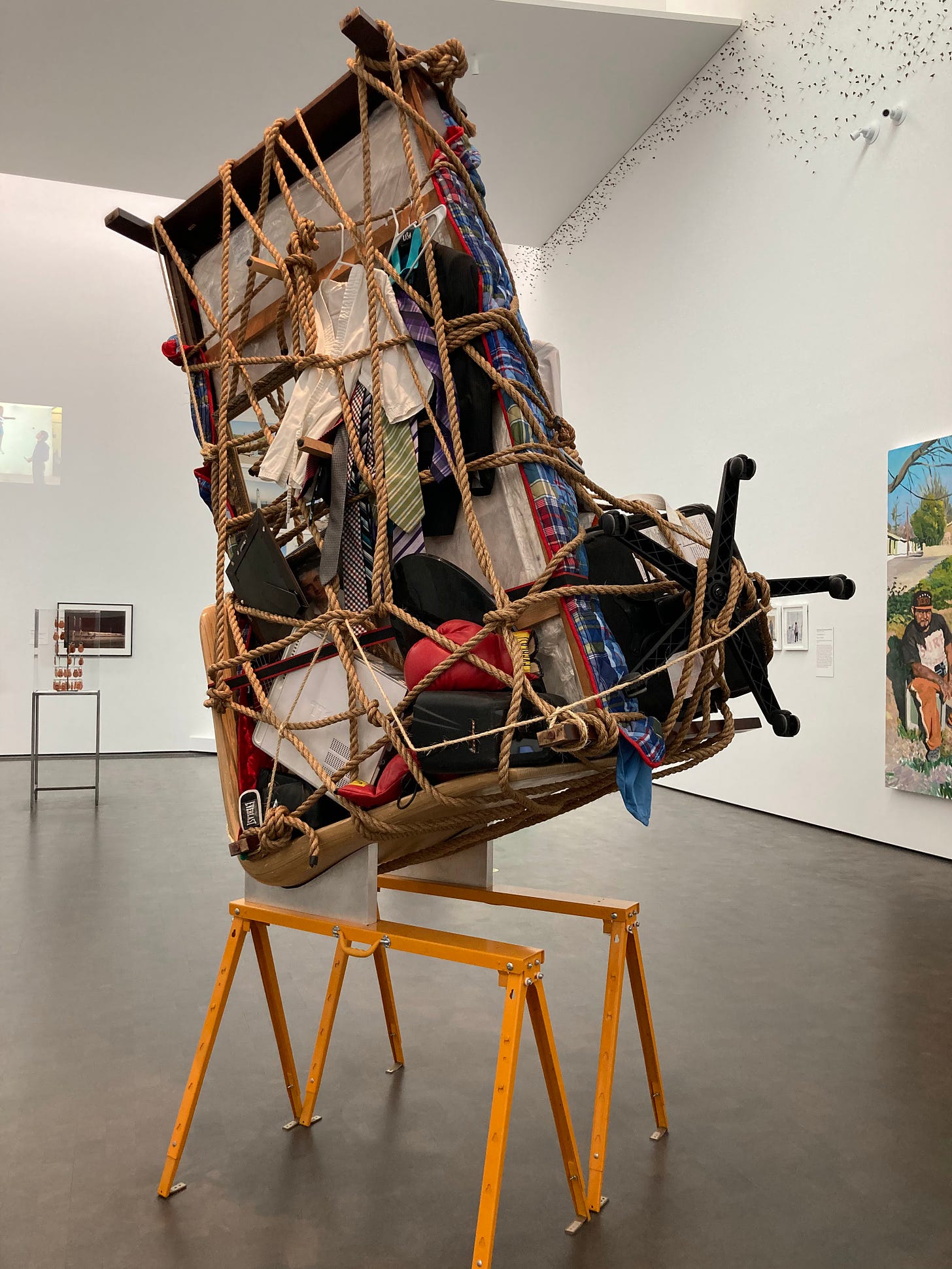
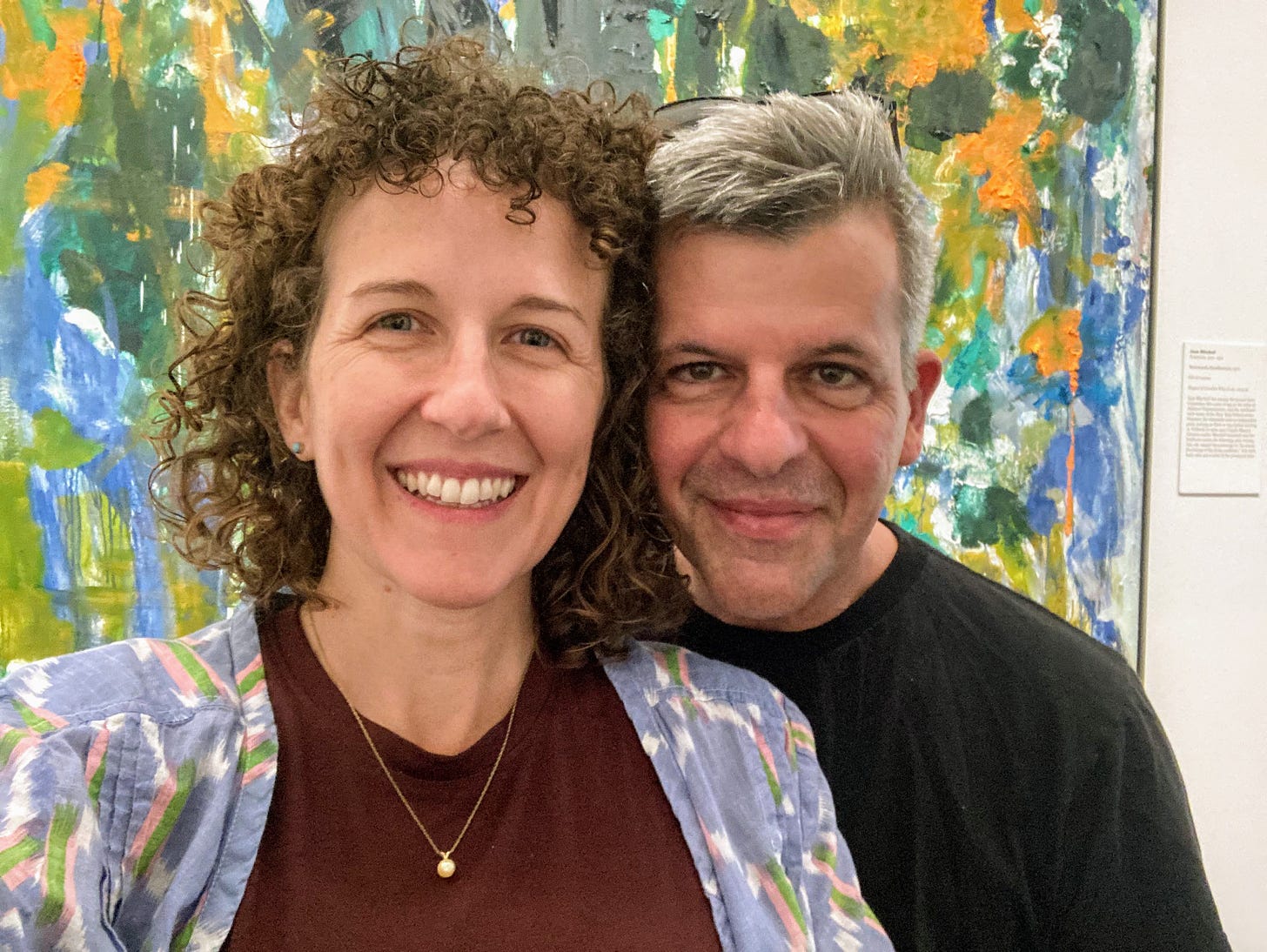
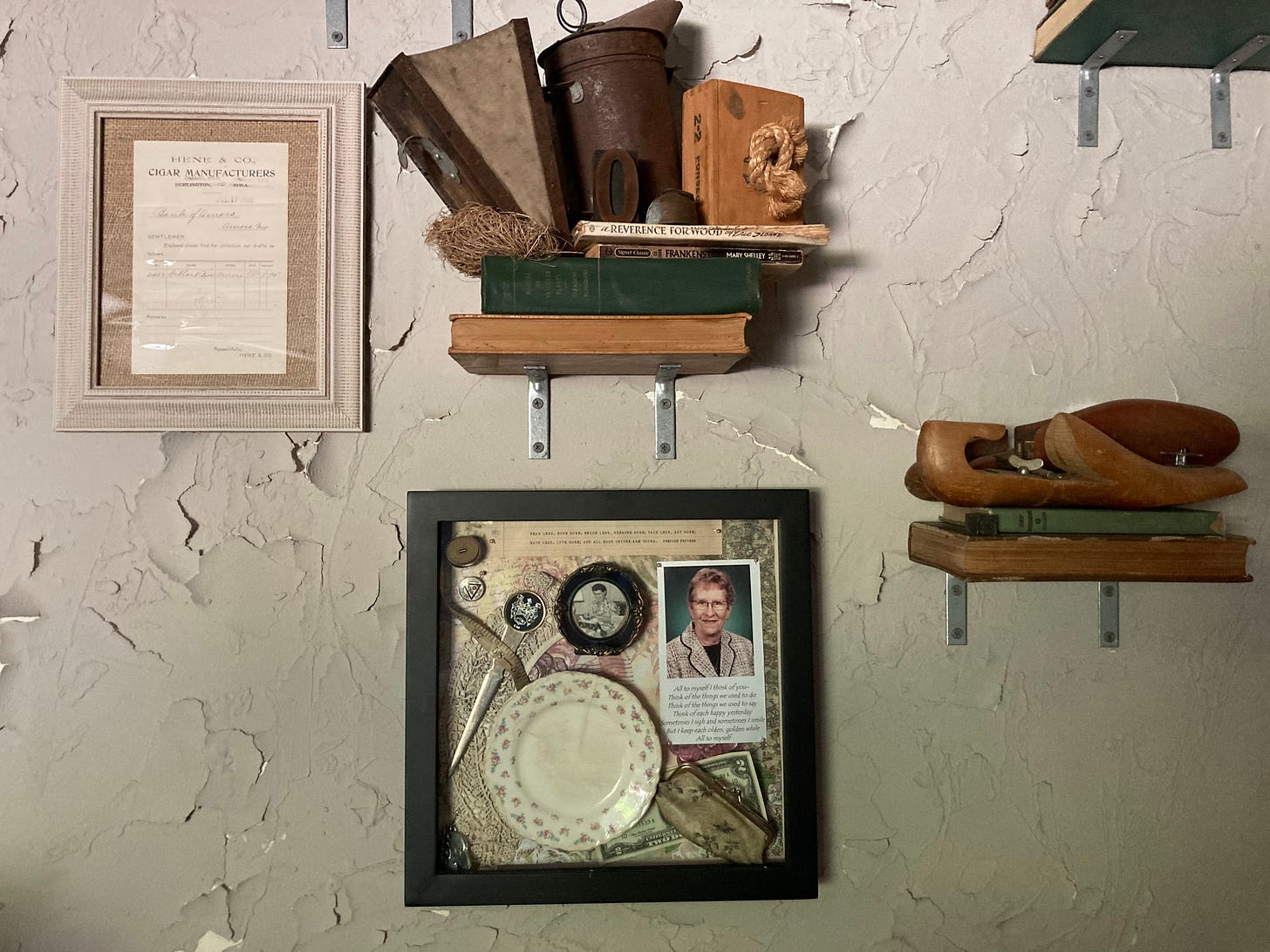
It touched my heart to see the shadow box on the wall of your new home..... Everyday is filled with memories our Missouri family home of 60+ years. What to keep, what to let go of, what to leave behind for you and Chelsea to uncover and discover. It says something about what is a part of me and my relationship with this place. Some days I ignore it and then something like a flood in the basement can cause a major detachment from things that didn't survive that seemed important at one time.
A sweet read!